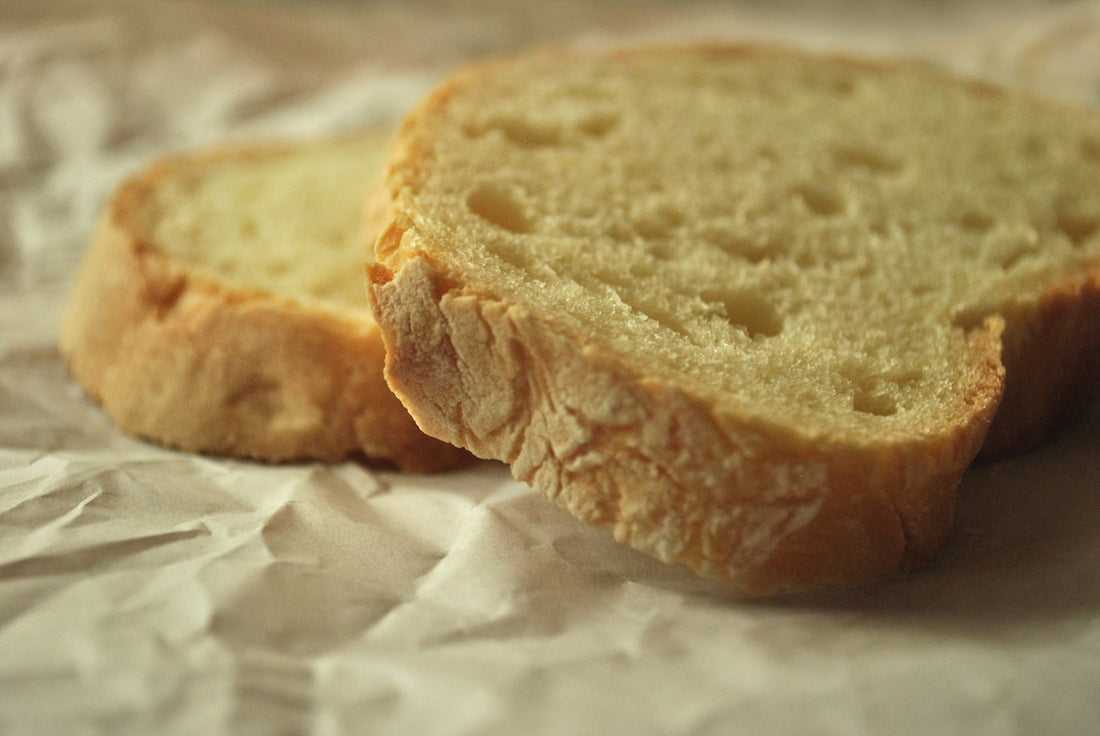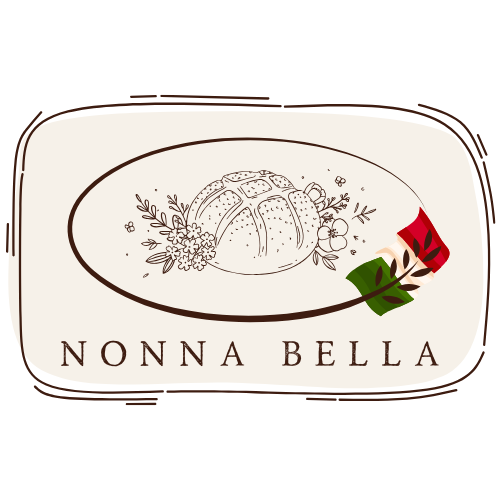
Baking Easy Sourdough Bread at Home: Recipes and Techniques for Each Skill Level
Sourdough bread is a universally loved delight that's both an art and a science. Whether you're a novice baker or a seasoned pro, there's always something to learn about the beautiful process of baking sourdough. This guide will walk you through recipes and techniques tailored to different skill levels, ensuring that you're equipped to handle whatever sourdough challenge comes your way.
For those who enjoy the tangy flavor of a well-made sourdough, you know that the magic begins with a sourdough starter. A good starter is the heart of any successful sourdough recipe, providing the wild yeast fermentation necessary for that unmistakable taste and texture. Let’s dive deep into sourdough fermentation and learn how to create homemade sourdough.
Understanding the Basics of Sourdough
Before delving into recipes, it's crucial to grasp what makes sourdough unique. Unlike regular bread, sourdough leverages the power of wild yeast and lactic acid bacteria to ferment the dough. This process not only imbues the bread with its characteristic tangy flavor but also breaks down gluten, making it easier to digest and suitable for those with gluten sensitivities.
- Sourdough Starter vs Yeast: The primary difference is that a sourdough starter uses naturally occurring wild yeasts, rather than commercial yeast. This not only influences the bread's flavor profile but also its texture and nutritional benefits.
- Benefits of Sourdough Fermentation: The natural fermentation process is what gives sourdough its health benefits. It's believed that sourdough can be a better option for diabetics due to its low glycemic index and slow digestion rate.
Creating and Maintaining Your Sourdough Starter
To begin your sourdough journey, you'll need a reliable sourdough starter. Here’s how to make one from scratch:
- Combine 60g of whole wheat flour and 60g of lukewarm water in a jar. Stir until fully blended, cover loosely, and set aside in a warm place.
- Feed this mixture daily with equal parts water and flour. This is crucial for maintaining activity and health. Understanding the sourdough starter feeding schedule is essential — typically, a daily feeding works best.
For those who prefer not to start from scratch, the Nonna Bella Dehydrated Sourdough Starter is a great choice. It's easy to revive and boasts a rich history dating back to the 1800s.
Storing and Feeding Sourdough Starter
Proper sourdough feeding and maintenance are paramount. When not in use, refrigerate your starter to slow down fermentation. If you plan to bake frequently, keep it at room temperature and feed it daily. Here's a basic guide on how to feed sourdough starter:
- For room temperature starters: feed daily.
- For refrigerated starters: feed weekly if not baking.
If you encounter any issues, turn to sourdough starter troubleshooting techniques to identify potential problems, such as discoloration, odors, or inactivity.
Sourdough Baking: Recipes for All Skill Levels
Beginner: Classic Easy Sourdough Bread
For newcomers, ease is key. Start with this simple sourdough bread recipe which delivers delicious results without overwhelming:
Ingredients:
- 500g bread flour
- 350g water
- 100g active sourdough starter
- 10g salt
Instructions:
- Mix all ingredients in a bowl until combined. Cover and rest for 30 minutes.
- Knead the dough with a series of stretches and folds every 30 minutes for 2 hours.
- Allow the dough to ferment at room temperature until it doubles in size, usually 4-6 hours.
- Shape the dough into a round loaf and place it in a fermentation basket for its final rise.
- Preheat your oven to 475°F. Score the loaf using a dough scoring knife and bake in a Dutch oven for 20 minutes covered, then 25 minutes uncovered.
Intermediate: Artisan Sourdough Bread
Once comfortable, try your hand at more complex loaves featuring higher hydration:
Artisan Sourdough Recipe:
- Follow the beginner recipe, increasing water to 375g.
- Practice different shaping techniques to alter crumb structure.
Advanced: Sourdough Variations
Challenge yourself with variations like sourdough pizza dough, bagels, or even Italian sourdough bread. Invest in tools like the Nonna Bella's Bamboo Pizza Board for perfectly crisp sourdough pizzas.
Sourdough Baking Tips and Techniques
- How to Get a Crispy Sourdough Crust: Use steam during the initial baking phase and score your loaves properly for optimal crust development.
- Tools You Need: Equip your kitchen with a quality scale like the Nonna Bella 5kg Digital Kitchen Scale for precise ingredient measurements.
- Best Sourdough Scoring Techniques: Experiment with various patterns, as scoring not only affects appearance but also allows expansion during baking.
Sourdough Bread Troubleshooting
Experiencing problems like under-risen dough or overly dense loaves? Here’s some sourdough bread troubleshooting advice:
- Dense Loaves: Often a result of under-fermentation, so ensure longer resting times.
- Insufficient Rise: Verify the activity of your starter and adjust fermentation times.
Conclusion: Embrace My Sourdough Life
Living a life filled with sourdough adventures can be immensely rewarding. From the satisfying process of nurturing a starter to the thrill of watching your bread rise and brown, each bake is a step deeper into your personalized journey. So, whether you’re navigating the challenges of sourdough fermentation or delighting in freshly baked loaves, your sourdough starter will be your trusty partner in every endeavor.
We hope this guide inspires you to embark on your own sourdough saga. Whether you're just beginning or refining your artisan bread baking skills, the art of sourdough has something magical to offer every baker. For more resources and products, visit Italian Sourdough, your home for everything sourdough-related.
